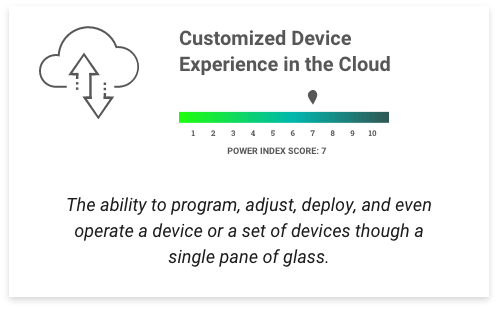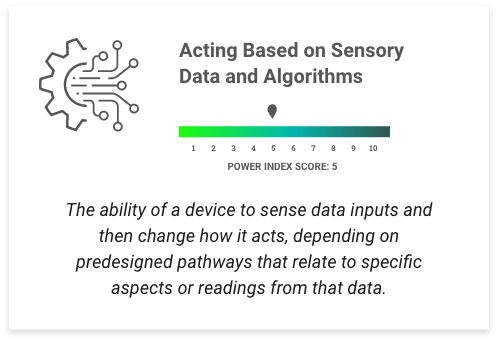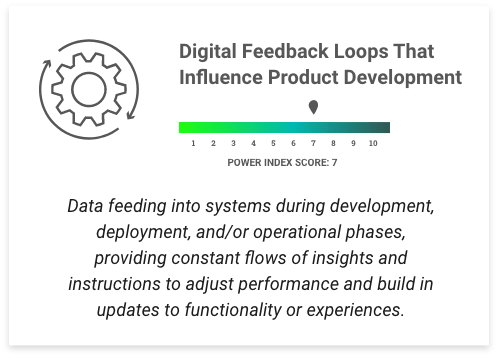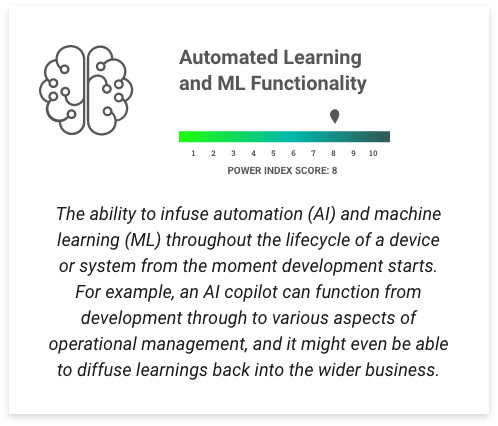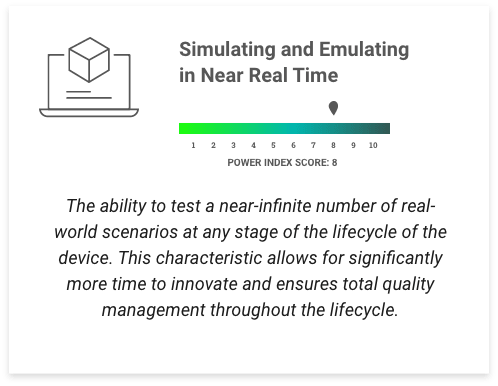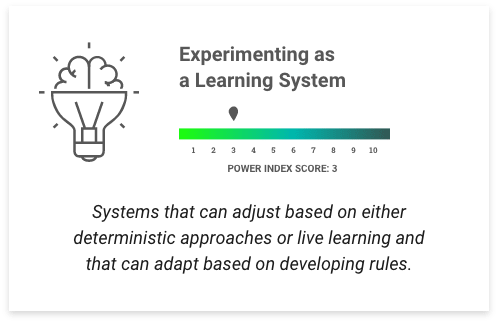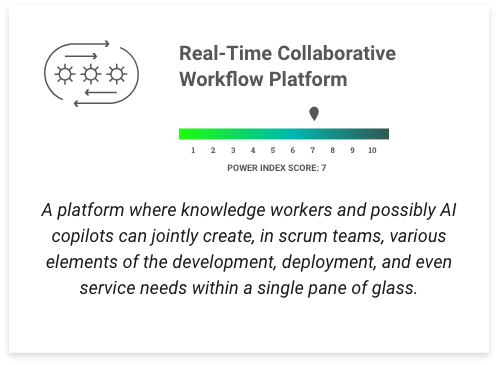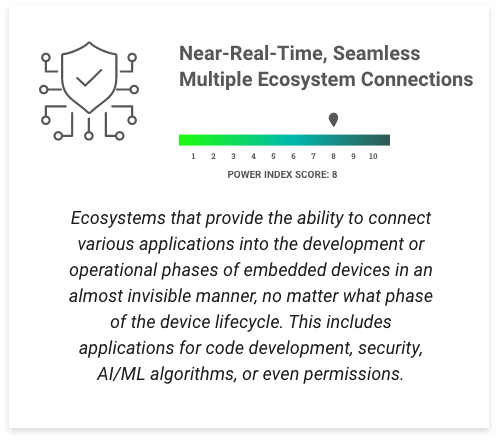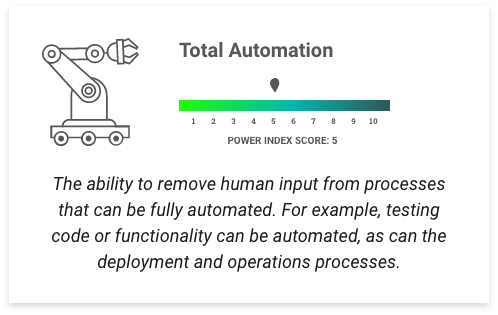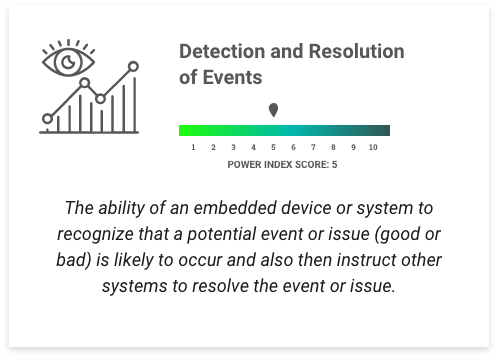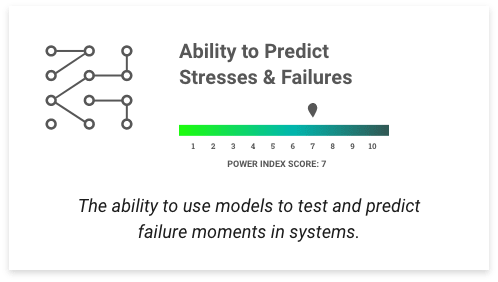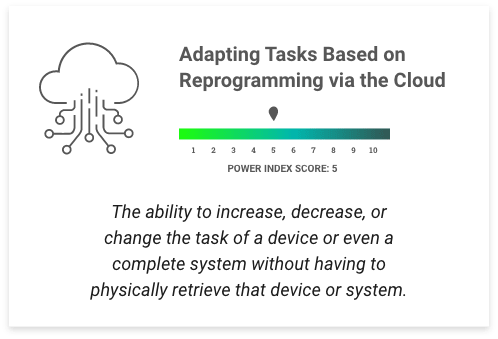Eight in ten leaders want intelligent systems success in five years' time.
The time to start blueprinting is now.
In our increasingly digital world, the idea of intelligent systems is intrinsically understood but not extensively practiced. For companies in industries such as aerospace and defense, manufacturing, medical technology, energy and utilities, and telecommunications, the challenges lie in determining the right system characteristics for success.
Understanding what to invest in, when to invest in it, and which economic and innovation-based outcomes you are looking to generate will define who wins in the machine economy going forward. Today only 16% of organizations are building from the right blueprint, so learn from them to get ahead of your customers' needs.
SCHEDULE A MEETING WITH A WIND RIVER DIGITAL TRANSFORMATION OFFICER
Our DTOs have the market expertise to accelerate the development of your intelligent systems and deployment of your new business models. Accelerate your transformation.
>> Schedule a Meeting NowSelect your industry to view your intelligent systems blueprint
Explore Wind River Studio
Wind River® Studio is the first cloud-native platform for the development, deployment, operations, and servicing of mission-critical intelligent systems.
Explore NowThirteen key characteristics drive intelligent system success
Knowing when to invest in each characteristic requires a blueprint for building critical infrastructure, delivering core foundational needs, and much more.
What really matters to executives building intelligent systems?
While there are 13 key characteristics of intelligent systems, not all characteristics deliver the same positive impact. Your peers across all sectors told us the far edge is vital for success, especially when 65%+ rely on embedded devices for business success.
These stacks represent the magnitude of impact each intelligent system characteristic has on such systems. The larger the block, the greater the impact. You can view this data for companies grouped by momentum and success, or by specific industry.
EXPLORE MAGNITUDE STACKS
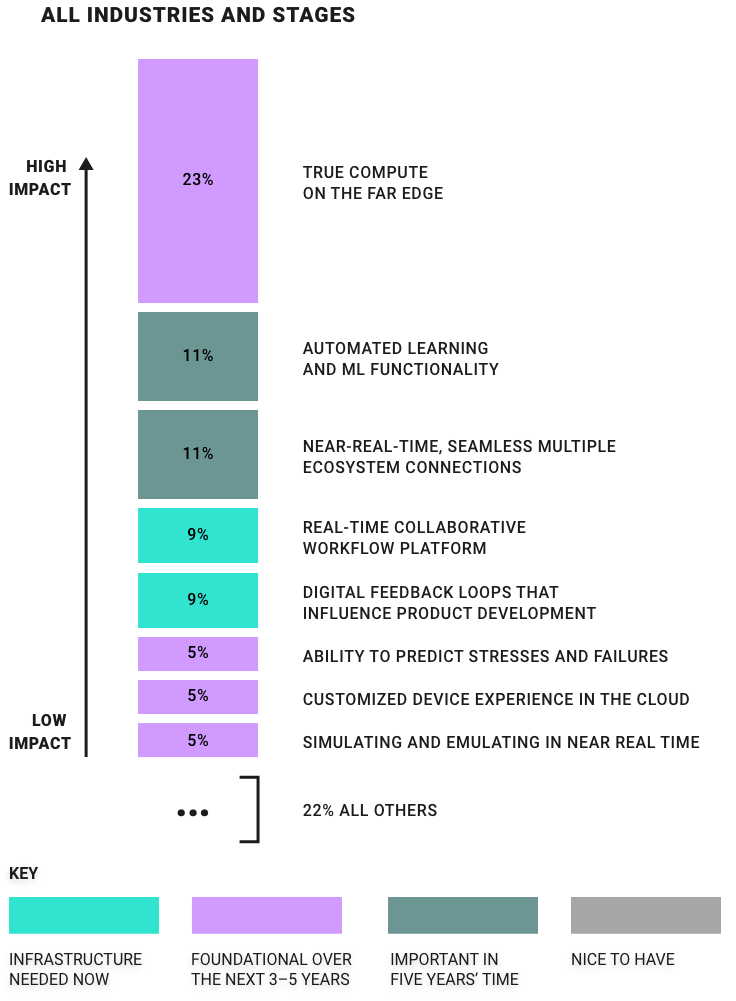
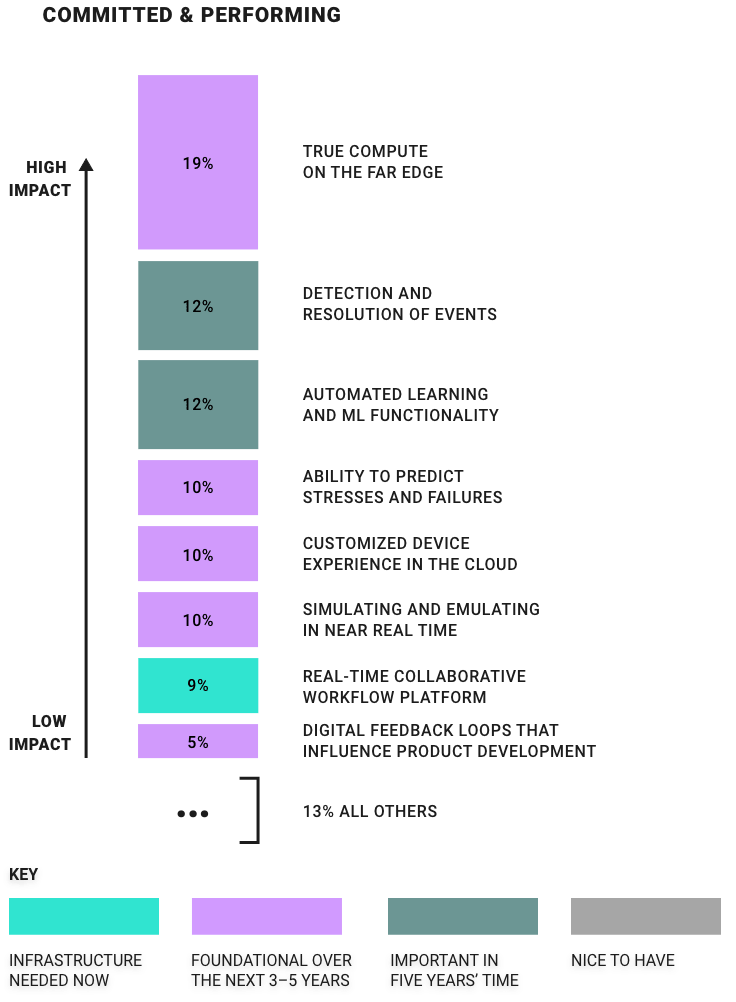
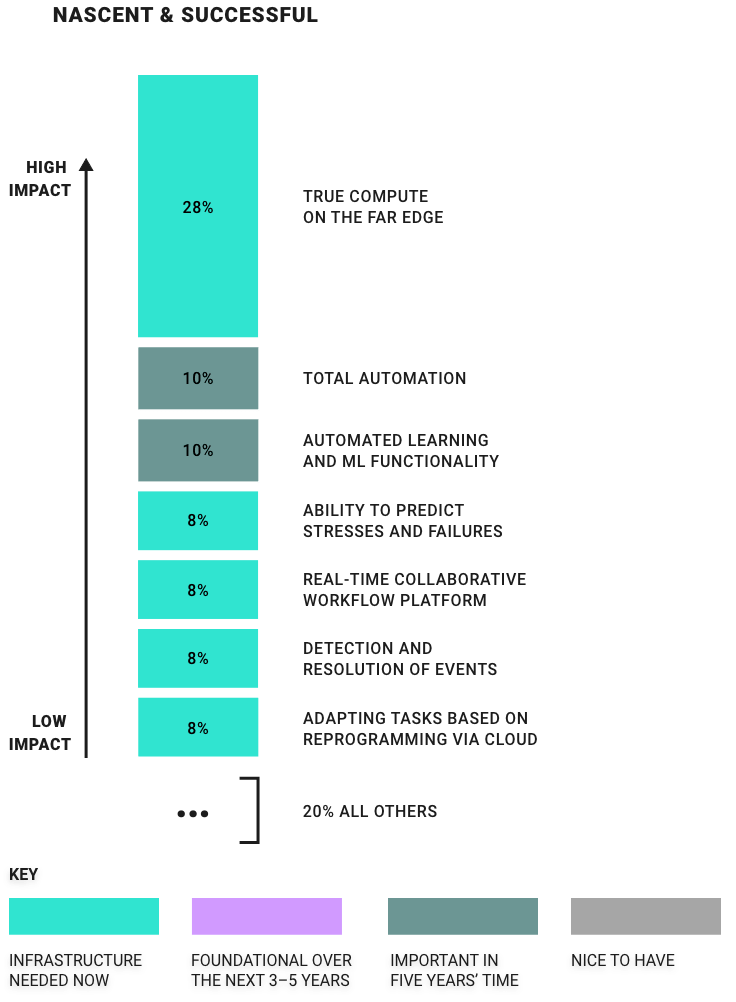
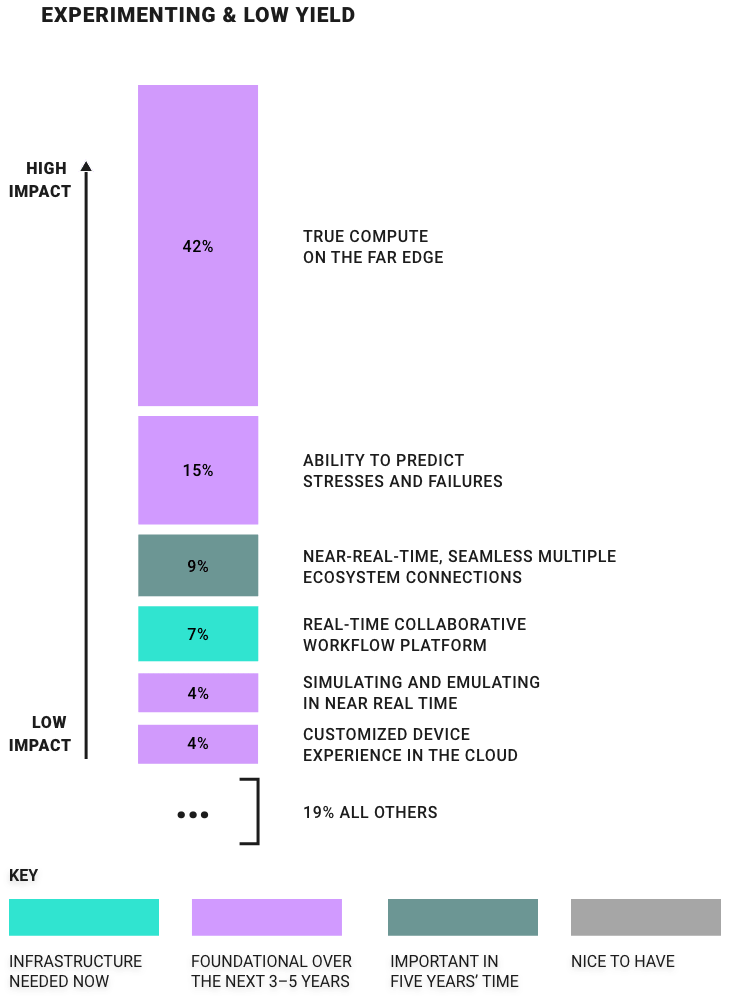
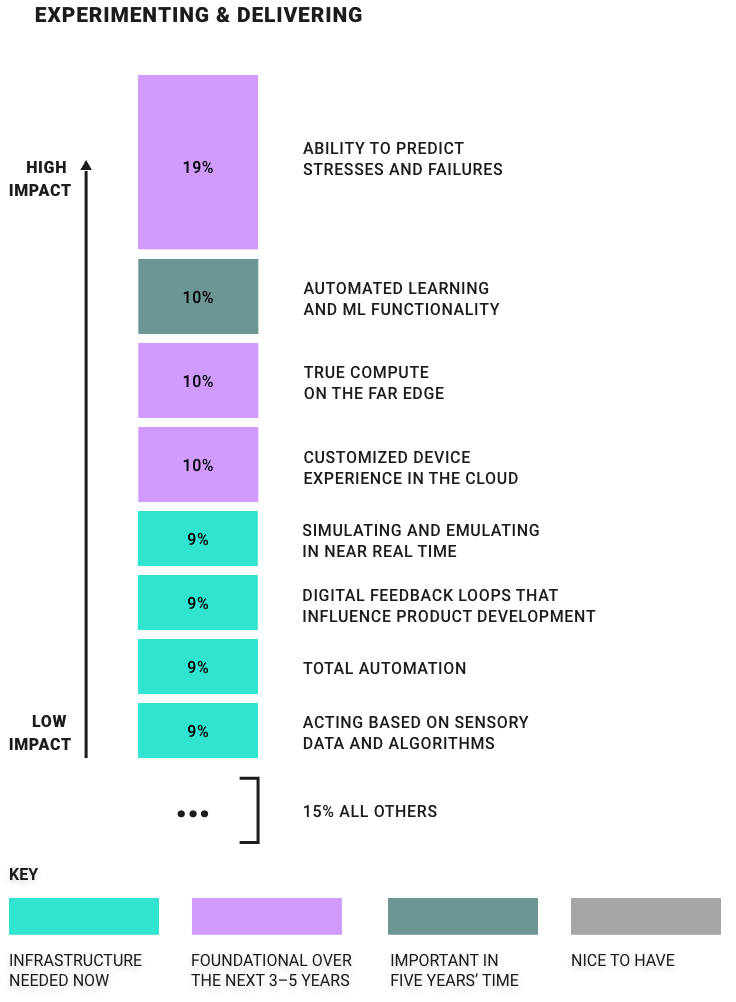
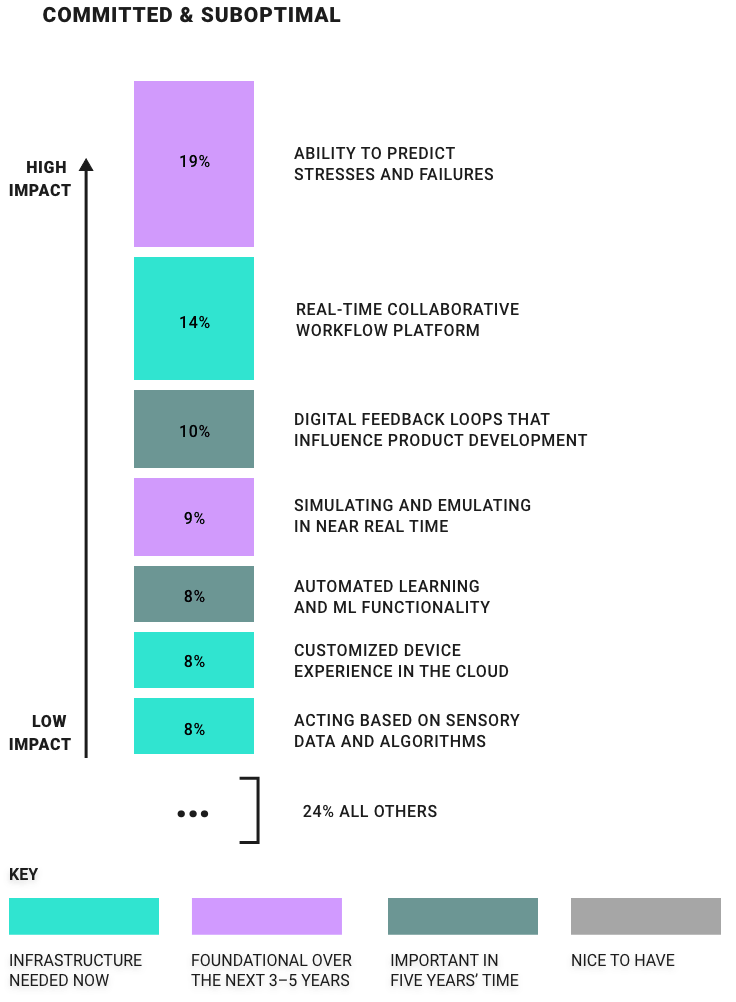
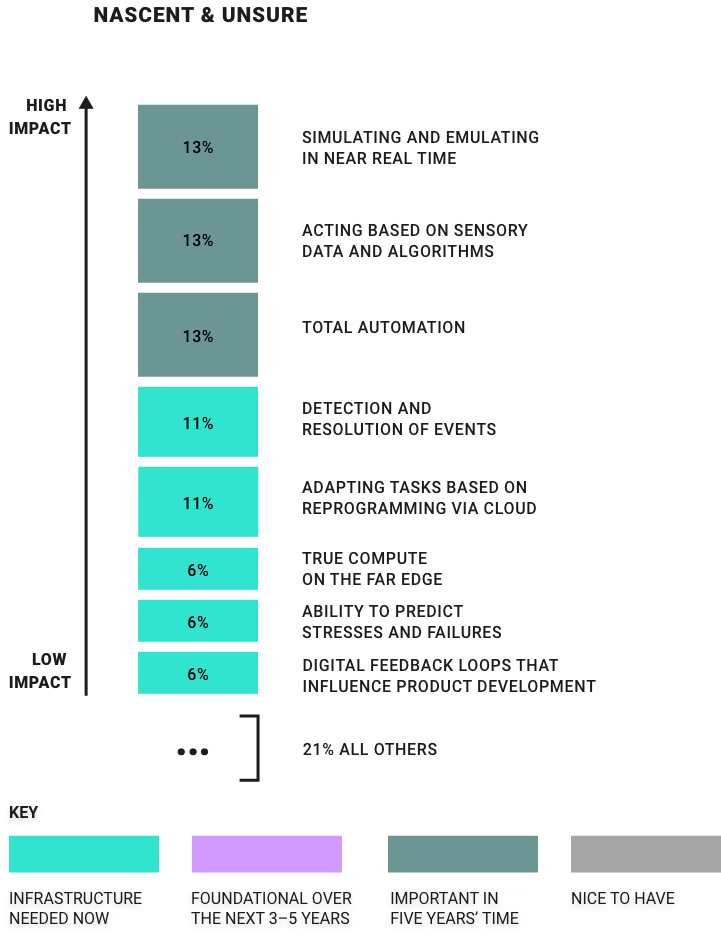
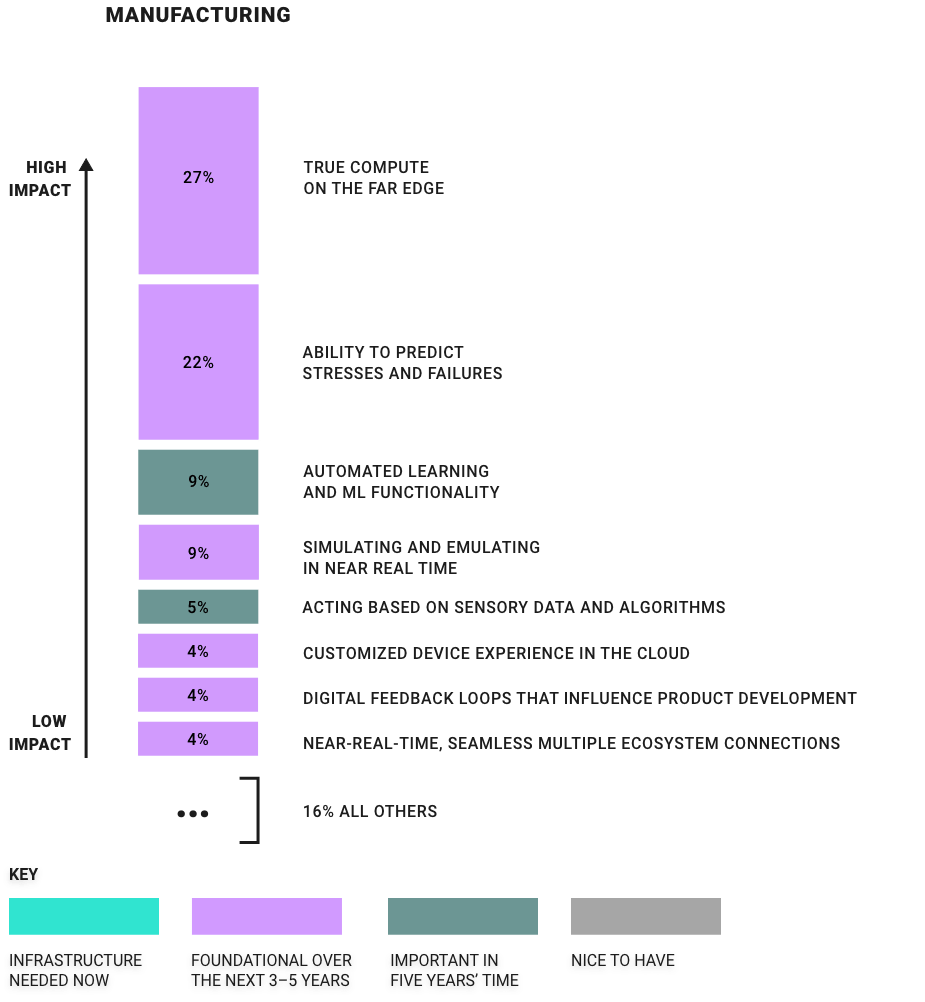
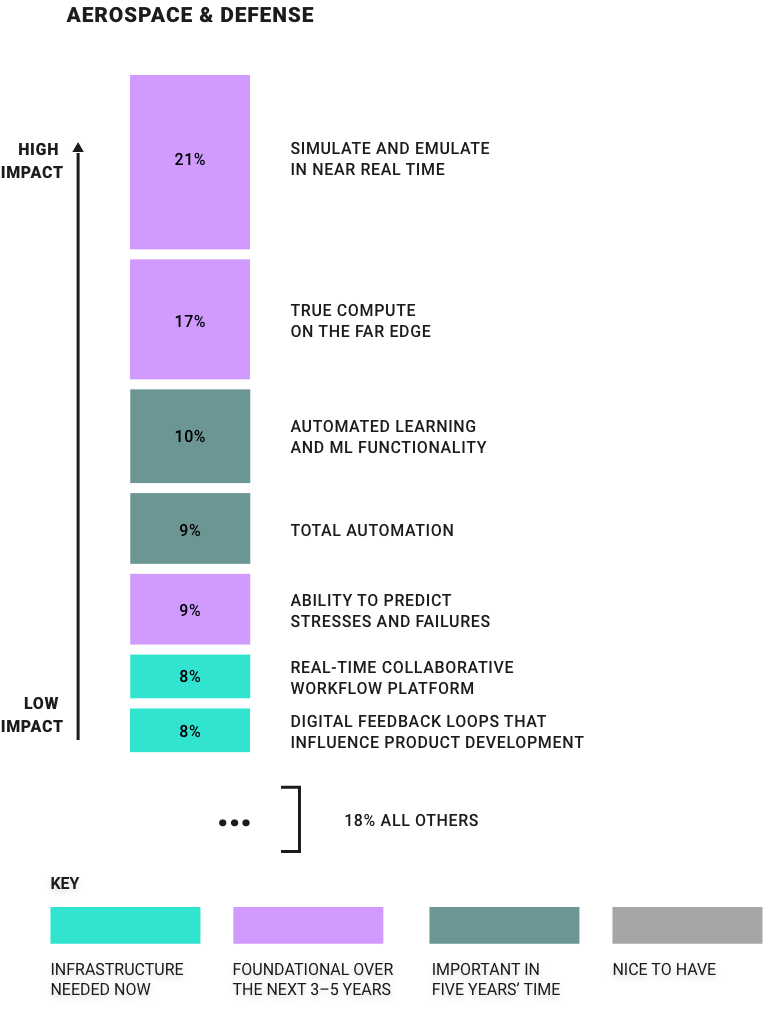
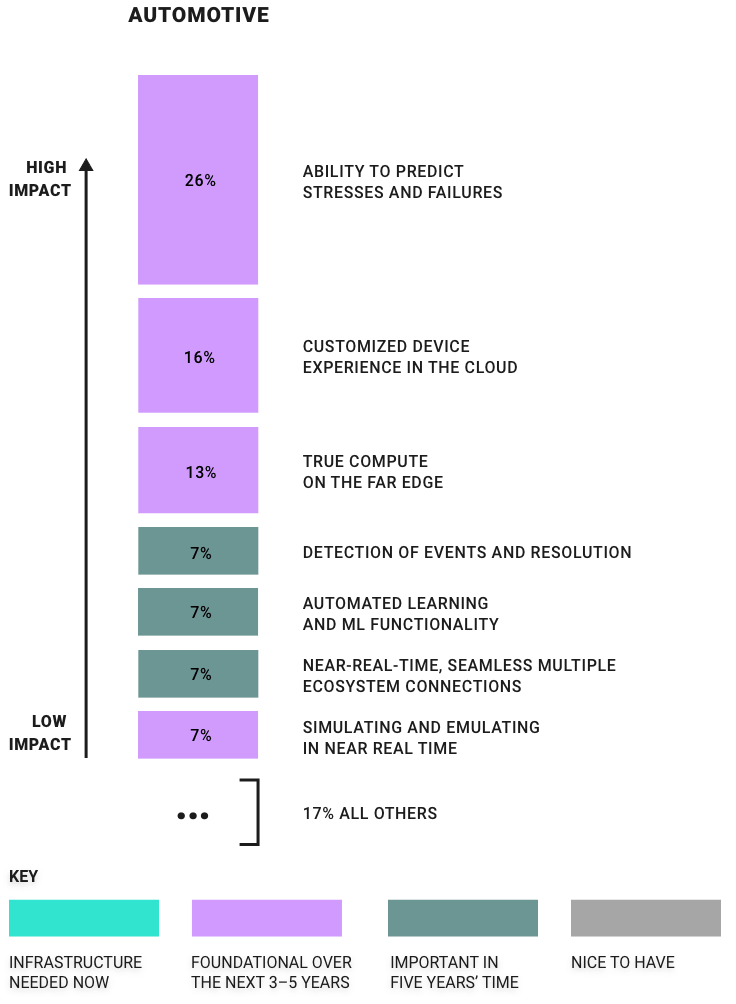
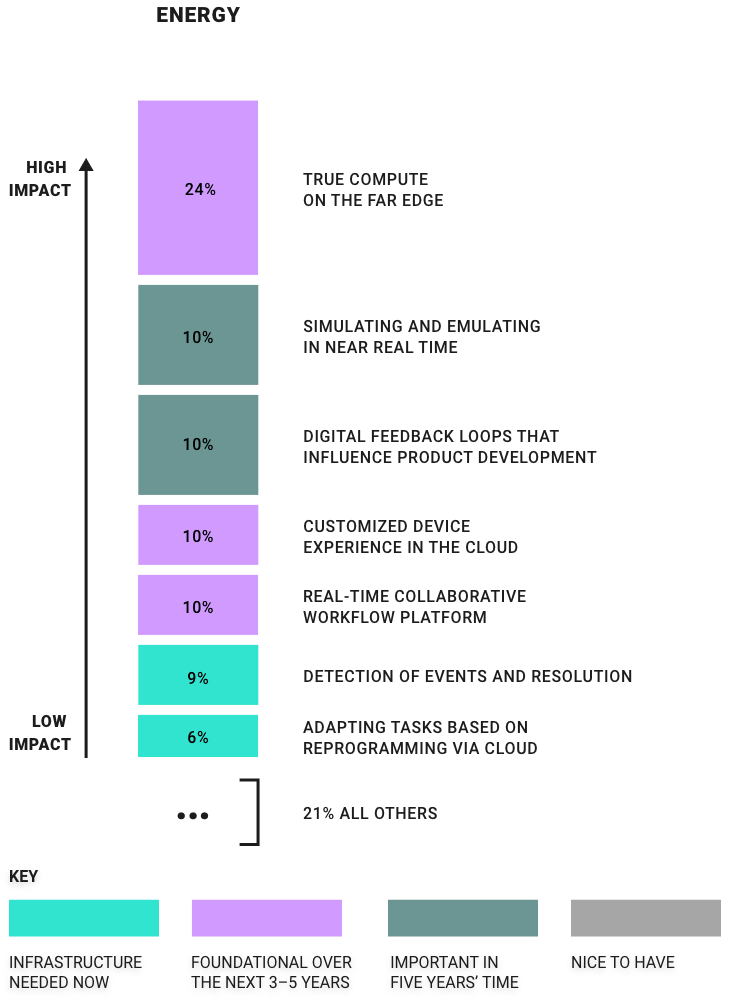
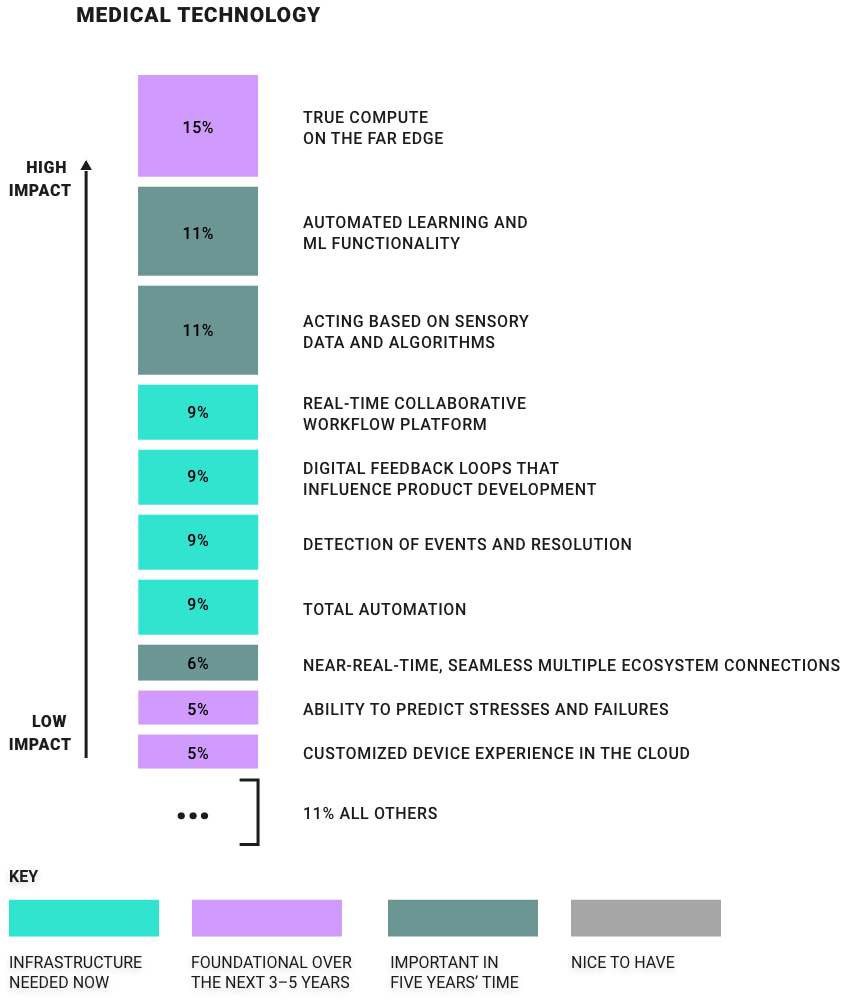
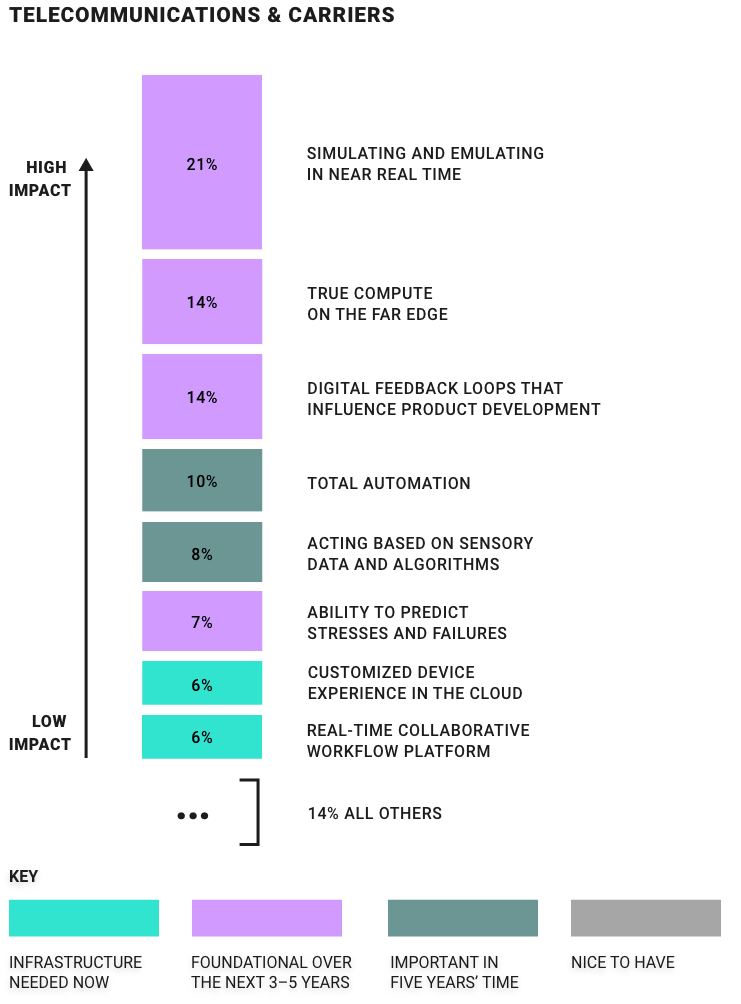

Source: Characteristics of an Intelligent Systems Future, Forbes, 2021
Will you be one of the 16% who are committed and performing?
Think about where your company is on its intelligent systems journey.
For this study, respondents were classified according to a 3x2 segmentation model based on three levels of maturity in the pursuit of intelligent systems and two levels of ROI.
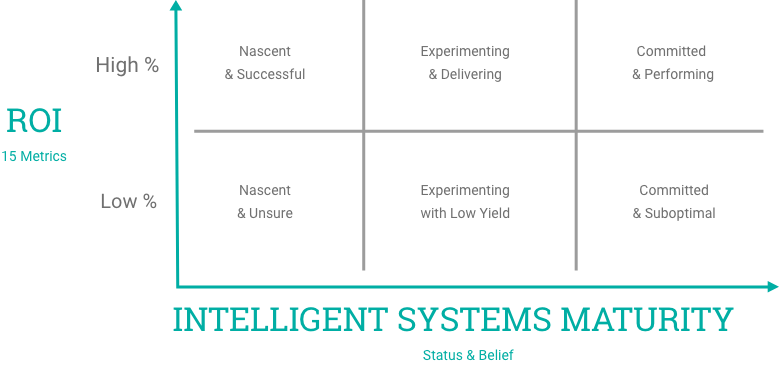
18%
NASCENT WITH SOME SUCCESS
Aspirations are there and the basic characteristics are being built for scale now.
23%
EXPERIMENTING AND DELIVERING
These organizations believe in the idea of digital business models at their core. They need to build from their successes with the far edge and mission-critical capabilities in order to grow.
16%
COMMITTED AND PERFORMING
They hold a deep belief in the teslafication of their business: They beat their peers by 4 to 1 in the maturity of their intelligent systems characteristics implementation.
11%
NASCENT AND UNSURE
They do not really believe in the meta trends and so lack vision and motivation.
22%
EXPERIMENTING WITH LOW YIELD
Not fully “in” on anything, but they get the bigger idea. They just don’t see the returns yet.
10%
COMMITTED AND SUBOPTIMAL
They believe in a data-driven future but have too narrow a process vision that limits potential returns.
The Engine of the Intelligent Edge

Today’s edge applications require intelligence, precision, responsiveness within milliseconds or microseconds, and flawless around-the-clock performance without human intervention. The real-time operating systems (RTOSes) we have relied on in the past are not necessarily equipped to manage these sophisticated functions on the edge. What is the future of the RTOS?

Start Plotting Your Intelligent Systems Journey
Download “Plotting Your intelligent Systems Journey,” a free 30-page report developed in partnership by Wind River and Forbes.
Our research is based on more than 200 points of comparison across companies building and deploying intelligent systems.
This report shows:
- How your peers are thinking about the barriers to and drivers for adoption of intelligent systems
- What factors would accelerate the adoption of intelligent systems in your sector
- The relative importance of all intelligent systems characteristics, to help you prioritize your investments
- How your peers see the roles and importance of 5G, AI, ML, and cybersecurity in their decision-making
- The key components for the mission-critical success of intelligent systems
- What the future of embedded devices and solutions looks like in an intelligent systems world
- Where digital feedback loops are crucial for success
- What the key metrics for success are
- Where your peers see extensive value for intelligent systems in addressing wider societal issues



